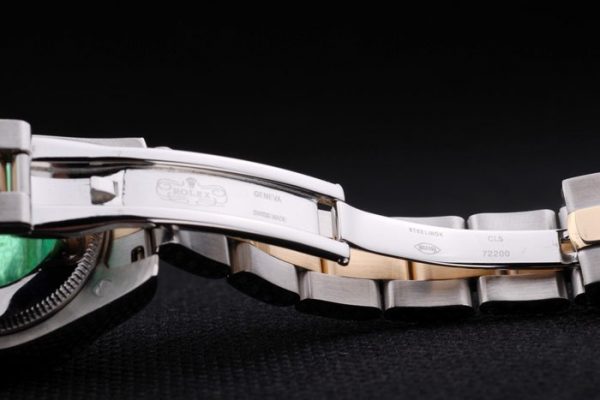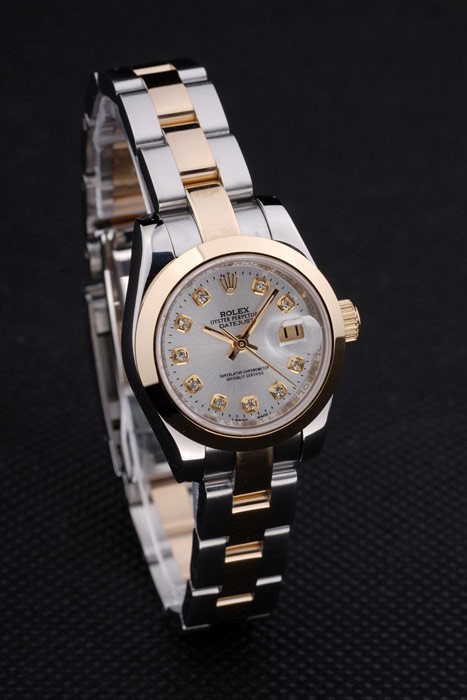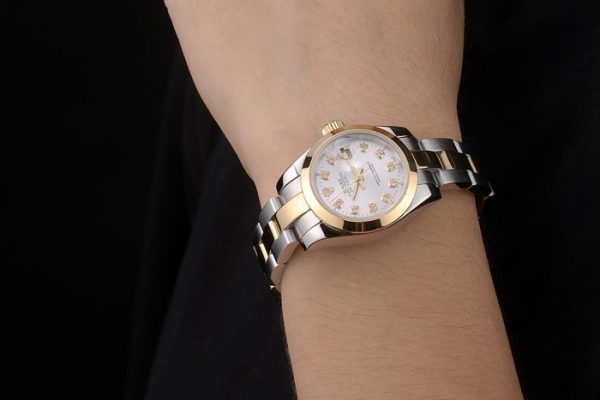To be fair, Rolex has a reputation for producing expensive watches, which the brand has cultivated on its own in many ways. Since the 1980s, Rolex has shifted its focus from being simply a manufacturer of high-quality watches to being the purveyor of the ultimate sought-after lifestyle – and the average price of a replica Rolex watch has risen.
Watches that were once essential tools for individuals engaged in a specific job or activity are now status symbols. The mechanical watch is no longer something you need but want, and the concept of exclusivity has become the brand’s main USP. Along with this comes a new cost structure. The average price of a Rolex steadily increased at an unprecedented rate until buying a cheap Rolex watch became a big deal – a reward for achieving a major personal milestone.
At the same time, however, Rolex began to offer more for the money. To perfect every aspect and every individual component, Rolex spent billions of dollars on research and development. It spawned a series of innovations such as impressive water resistance and a range of proprietary materials and lubricants specifically designed for longevity and performance. Whether under the immense pressure of the ocean depths or the extreme temperatures of a mountain top, replica Rolex watches keep running. 
For its hairsprings, Rolex has developed a new alloy called Parachrom, which is antimagnetic and offers increased resistance to shocks and temperature changes. It also produced Cerachrom, a revolutionary ceramic material for bezels and inserts that is scratch- and fade-resistant. In addition, Rolex forges most of the metals used in its watches in its in-house foundry to ensure maximum quality, durability, and aesthetics.
Unlike other manufacturers, Rolex uses 904L stainless steel, a solid material that is exceptionally resistant to corrosion and erosion and maintains an unprecedented polish. It is also tough to machine, requiring Rolex to invest heavily in new tools and machinery. The brand’s 904L alloy (now known as Oyster steel) is not limited to high-end models but is used in all steel watches, from the most humble to the most advanced.
On top of that, copy Rolex is one of the few companies that creates and manufactures every movement in-house, rather than buying generic movements from companies like ETA and modifying them, giving them complete control over every aspect of their construction. Rolex also has its standards of precision, which go beyond the typical recognition of official Swiss chronometer certification. With this dedication to the art and engineering of watchmaking, Rolex’s price tag began to make sense.


